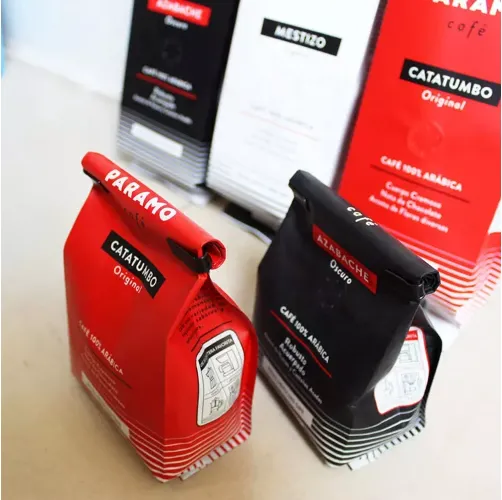Innovative Flexographic Printing Techniques for Enhanced Machine Efficiency and Quality
Understanding Flexo Machine Printing A Breakthrough in Modern Printing Technology
Flexographic printing, commonly known as flexo, is a relief printing process commonly used for packaging and labels
. This innovative printing technology has become increasingly popular due to its versatility, speed, and cost-effectiveness, making it a preferred choice for businesses in the packaging industry. This article will delve into the fundamentals of flexo machine printing, its advantages, applications, and future trends.At its core, flexo printing utilizes flexible relief plates made from rubber or photopolymer. These plates are mounted on a rotating cylinder, and the image or text to be printed is raised above the non-image areas. The process begins with the application of fast-drying ink to the raised surface of the plate. The substrate, which can be paper, plastic, or metallic film, passes through the press, and the image is transferred onto it as the cylinder rotates. Flexo printing machines can operate at high speeds, with some reaching up to 2,000 feet per minute, significantly increasing productivity.
One of the major advantages of flexo printing is its adaptability to various substrates. Flexo can print on a wide range of materials, making it highly suitable for diverse applications such as labels, packaging, newspapers, and even corrugated containers. This flexibility allows businesses to meet varying customer needs and preferences, thus broadening their market reach.
Additionally, flexo printing is renowned for its quality and precision. Modern flexo machines are equipped with advanced technology that enables them to produce high-definition images with fine details. The ink used in flexo printing is typically water-based, UV-cured, or solvent-based, which not only enhances print quality but also promotes environmentally friendly practices. The use of water-based inks, in particular, minimizes the release of volatile organic compounds (VOCs), making it a greener option compared to traditional printing methods.
flexo machine printing

Cost-effectiveness is another critical benefit of flexo printing. The speed of production combined with the ability to print in large volumes allows businesses to reduce costs significantly. Moreover, the durability of flexographic plates means they can be reused multiple times before needing replacement, contributing further to cost savings over time.
Despite its numerous advantages, flexo printing does have some limitations. The initial setup costs for flexo printing, including the creation of plates and machinery, can be higher when compared to other printing methods. However, this is often offset by the long-term savings achieved through high-volume production and reduced waste.
Looking ahead, the future of flexo machine printing appears promising. Technological advancements continue to enhance the capabilities of flexo presses, integrating digital technology to improve efficiency and reduce setup times. Hybrid printing solutions that combine flexo with digital printing are gaining popularity, offering the best of both worlds—speed and flexibility alongside superior customization options.
In conclusion, flexo machine printing is a dynamic and essential technology in the modern printing landscape. Its ability to adapt to various materials, combined with high-speed production and cost efficiency, makes it ideal for the rapidly evolving packaging and labeling sectors. As technology progresses, flexo printing will undoubtedly continue to grow and innovate, maintaining its position as a cornerstone of the printing industry. With its environmentally friendly practices and potential for hybrid solutions, flexo printing sets a sustainable path for the future of packaging and printing.













